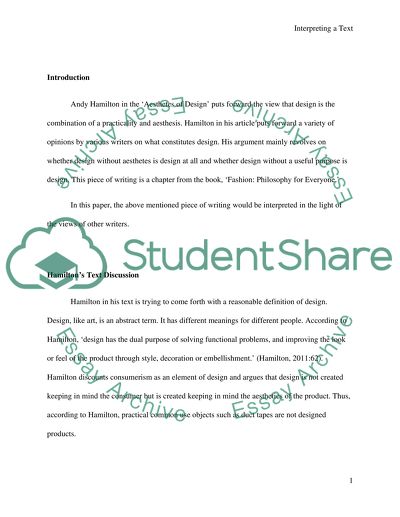Cite this document
(“SAB554 Assignment 2: Interperting a text Essay Example | Topics and Well Written Essays - 1750 words”, n.d.)
Retrieved from https://studentshare.org/visual-arts-film-studies/1612284-sab554-assignment-2-interperting-a-text
Retrieved from https://studentshare.org/visual-arts-film-studies/1612284-sab554-assignment-2-interperting-a-text
(SAB554 Assignment 2: Interperting a Text Essay Example | Topics and Well Written Essays - 1750 Words)
https://studentshare.org/visual-arts-film-studies/1612284-sab554-assignment-2-interperting-a-text.
https://studentshare.org/visual-arts-film-studies/1612284-sab554-assignment-2-interperting-a-text.
“SAB554 Assignment 2: Interperting a Text Essay Example | Topics and Well Written Essays - 1750 Words”, n.d. https://studentshare.org/visual-arts-film-studies/1612284-sab554-assignment-2-interperting-a-text.


